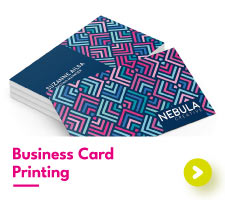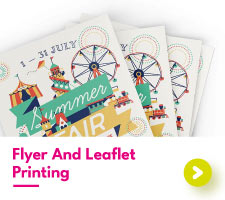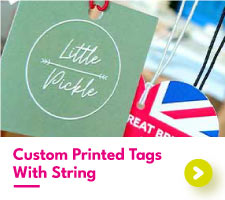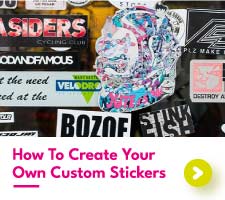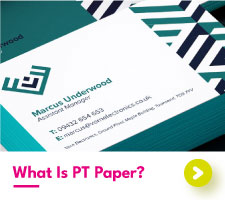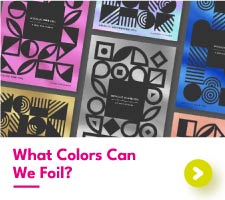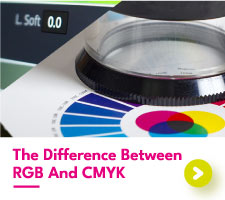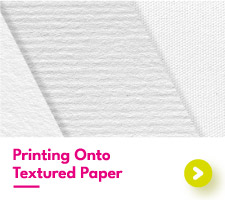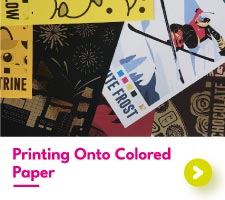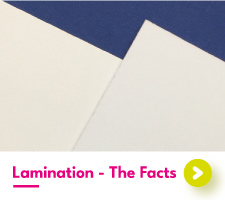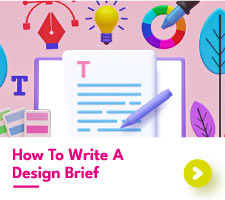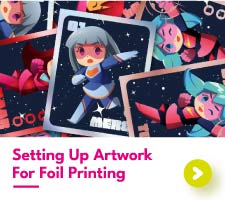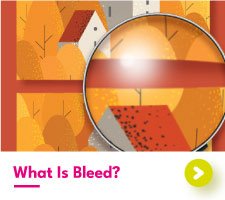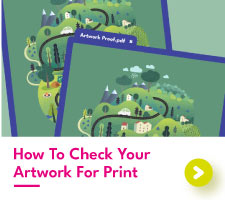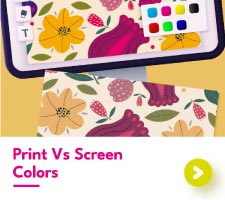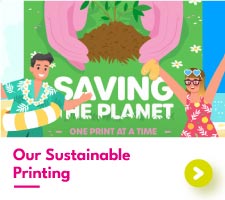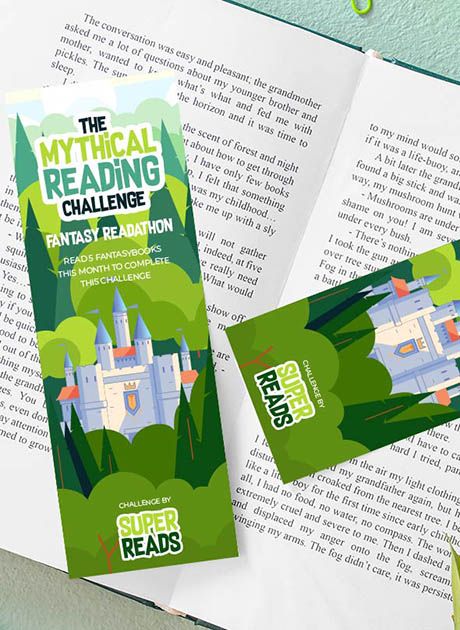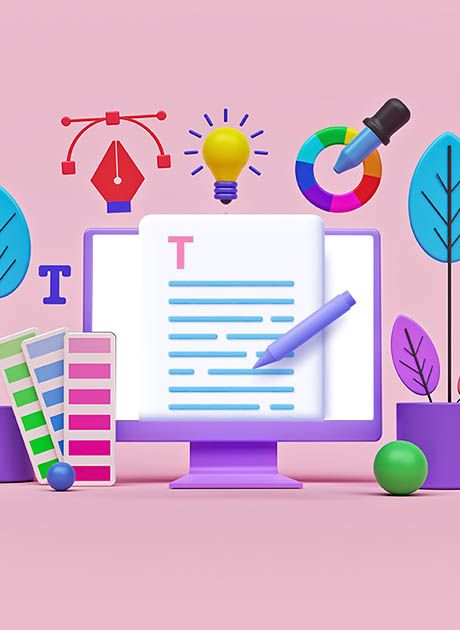Using AI For Unique Design
Design is a discipline that has always been at the forefront of innovation, pushing the boundaries of what is possible. All over the world, designers are constantly looking for unique ways to express their creativity and bring their visions to life. In recent years, a powerful new tool has entered the design arena – Artificial Intelligence (AI). This article explores how AI is being used to generate unique design solutions, transforming the future of design.
TLDR: We're not quite on the path to Skynet and the destruction of mankind!
AI Design: A New Frontier

AI design represents a new frontier for designers, providing a fresh perspective and a set of innovative tools to create unique designs. The use of AI in design processes is not about replacing human designers but enhancing their creative abilities. AI can perform tasks that are challenging for humans, such as analyzing large amounts of data, recognizing patterns, and making predictions. By harnessing these capabilities, designers can generate new ideas and create designs that were previously unimaginable.
Harnessing Creative AI for Unique Design
Creative AI provides an exciting avenue for generating unique digital and print designs. It enables designers to break free from traditional design methods and explore new frontiers of creativity. AI algorithms can generate design elements and styles that humans may not think of, resulting in truly unique and innovative designs.
AI art generation is one area where the impact of creative AI is particularly evident. Artists and designers are using AI tools to create stunning pieces of art that push the boundaries of traditional artistic expression. AI algorithms can generate art based on a variety of inputs, such as images, text, and even music, leading to a wide range of unique and engaging artworks.
The Future of Design: Innovative AI
As AI technology continues to evolve, it is set to play an increasingly significant role in the future of design. AI product design and AI graphic design are two areas where this influence is already being felt.
In the world of product design, AI is being used to analyze user data and generate design solutions tailored to individual user needs. This could range from designing a personalized workout plan to creating a custom-made piece of furniture. AI product design represents a significant shift away from one-size-fits-all solutions towards more personalized and user-centric designs.
AI is also making waves in the field of graphic design. Machine learning-powered design tools can generate a wide range of design elements, from logos and brand identities to web layouts and social media posts. These tools use AI algorithms to analyze design trends, user preferences, and brand guidelines, generating designs that are not only visually appealing but also aligned with the brand's identity and target audience.
AI-Generated Design: A Game-Changer
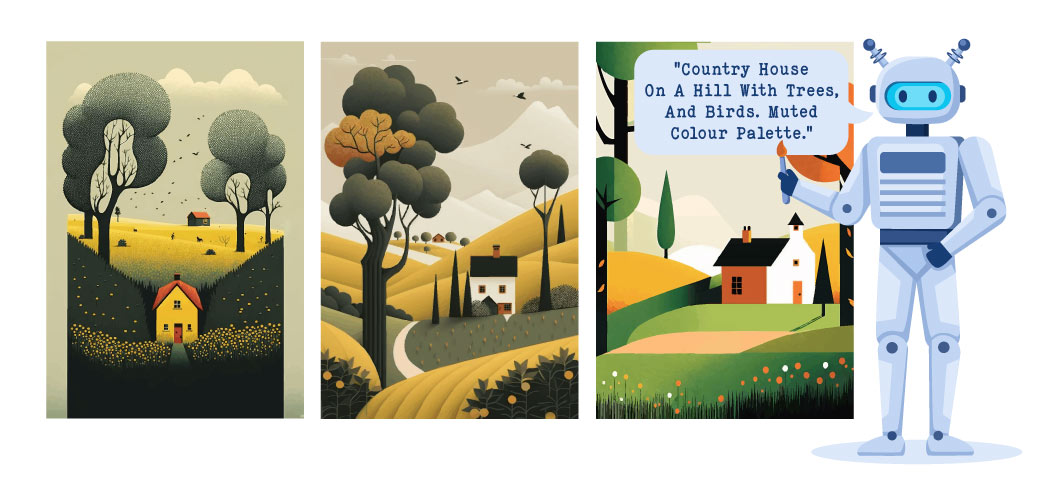
One of the most exciting aspects of AI in design is the ability to generate designs automatically. AI-generated design can create a wide range of design elements, from simple shapes and patterns to complex visual compositions. These designs can be used as they are, or they can serve as a starting point for designers to add their unique touch.
This is not to say that AI-generated design will replace human designers. Quite the contrary, AI-generated design can serve as a valuable tool for designers, freeing them from repetitive tasks and allowing them to focus on the creative aspects of design. By combining the computational power of AI with the creativity and intuition of human designers, it's possible to create designs that are both unique and impactful.
AI-Powered Design: The Way Forward
AI-powered design represents a significant shift in the way we approach design. It's about harnessing the power of AI to generate unique designs, improve the design process, and create better design outcomes. As AI technology continues to evolve, we can expect to see more exciting developments in this area.
AI is shaping the future of design in profound and exciting ways. It's enabling designers to push the boundaries of creativity, generate unique designs, and create better design solutions. Whether it's AI product design, AI graphic design, or AI art generation, the possibilities are virtually limitless. As we move forward, it's clear that AI will play a pivotal role in defining the future of design (without turning on its human masters).

 UK
UK FR
FR
